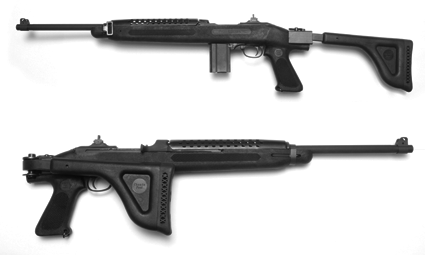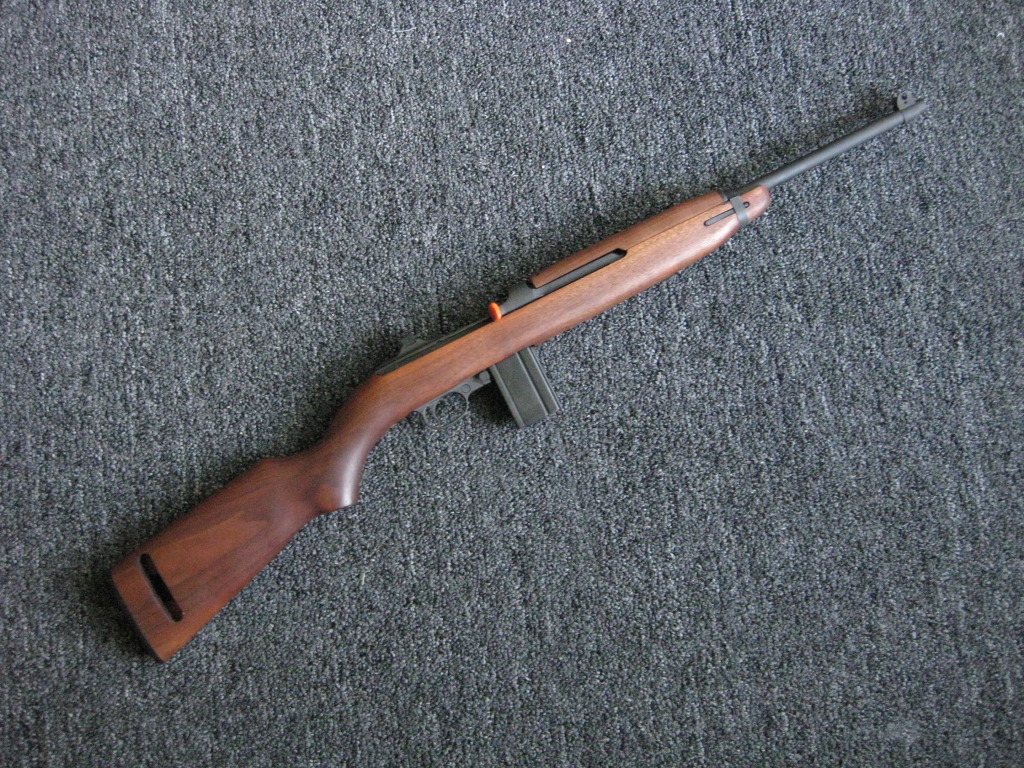

M1 1945 Carbine ($1062) and Auto-Ordnance M1 Carbine Paratrooper ($805) are reproductions of carbines built in the mid 1940s. and Auto-Ordnance are important to me and other shooters who favor the M1 Carbine. I collect, but I shoot what I collect and that’s why the M1 Carbines from Inland Mfg. A well-used, vintage M1 Carbine is expensive and the cost will vary dramatically depending on which manufacturer produced the M1 Carbine and the model. This firearm served during World War II, the Korean War, and Vietnam War, and at one time surplus models were commonly found and inexpensive.
#AUTO ORDNANCE M1 REVIEW HOW TO#
Here’s how to get your own piece of shootable history! READ MORE (Visit M1 Carbine was one of the most widely produced of all U.S. Since the launch of Auto-Ordnance’s M1 Carbine, the Civilian Marksmanship Program (CMP) recreated the M1 Carbine Match in 2006. With the affordability and availability of magazines ($40), the M1 Carbine proves to be a fun and still-practical firearm that’s meant to be shot and modified without fear of hurting the history of a veteran specimen. Made to modern quality control standards, Auto-Ordnance M1 Carbines enjoy a reputation of being as reliable and accurate as wartime originals. Collectors hoard them for the many variations, creating a rise in demand and interest for M1 Carbine replicas. Though produced in record numbers at one time, original M1 Carbines have become a scarce and expensive rifle. (Auto-Ordnance did produce parts for the M1 Carbine during the war, which were supplied to IBM.) Under the leadership of Kahr Arms, Auto-Ordnance began production of M1 Carbine replicas in 2005, first basing it off of the 1944 M1, sans the barrel band and bayonet lug, and adjustable rear sight. The Auto-Ordnance brand was not among the long, original list of M1 Carbine manufacturers at the time. The M1, along with its cartridge, was also one of the more cost-effective designs to make. With more than 6 million various makes and models, the M1 Carbine became the most produced American military small arm during World War II. A formal requirement for the light rifle was approved in 1940. Specifications called for a small arm that weighed no more than 5 pounds and had an effective range of 300 yards.

Army requested a compact infantry rifle for its new airborne troops. Commanders noted that the Garand impeded the mobility of these troops, while the U.S. There were many requests for a lightweight alternative to the M1 Garand, including those from support troops tasked with carrying equipment. An interesting observation: putting buttstock pouches to carry spare magazines didn’t become vogue until weeks after the landings. Each D-Day M1 Carbine is finished in Cerakote Patriot Brown applied by Outlaw Ordnance.īased on photographs taken near Normandy on D-Day and shortly thereafter, it’s generally accepted that M1 Carbines had Type 1 barrel bands with either I-cut or oval-cut highwood stocks, and a flip-aperture rear sight.

A map of the landings is shown in part, as are commemorative dog tags for Operation Overlord. Army divisions and paratroopers in their drop gear are engraved on the right side. The buttstock features images depicting the beach landings, while the patches of U.S. Dwight Eisenhower’s famous address to his gathered forces. On its left side, Auto-Ordnance engraved the newspaper headlines announcing to the world that the invasion had begun, followed by a selection from Gen. The Soldiers M1 Carbine remembers the troops who landed on the beaches of Normandy by sea and air D-Day.


 0 kommentar(er)
0 kommentar(er)
